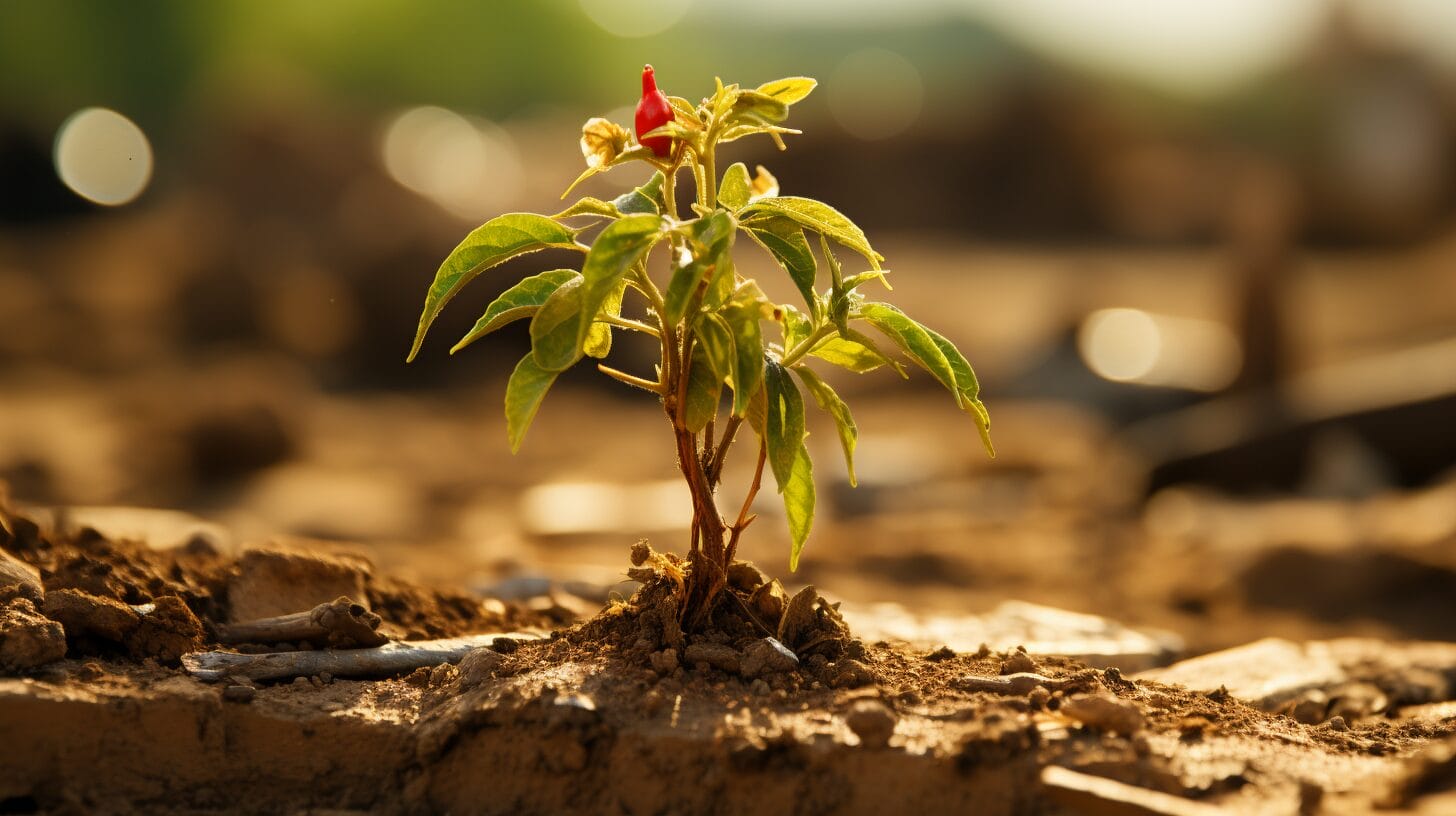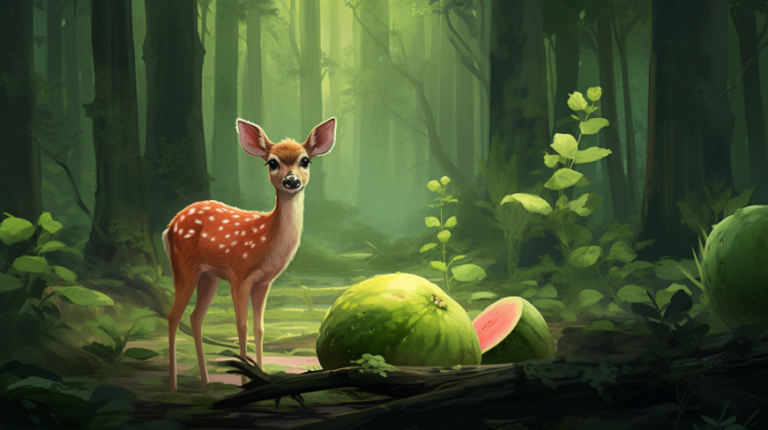More than one-third of chili cultivators face issues related to wilting at various stages of the growth cycle, indicating a widespread concern. Upon closer inspection of your garden, you may find that the leaves of your cherished chili plants are drooping more than initially noticed. This intricate issue is influenced by several factors, including environmental stressors, lack of adequate nutrients, and diseases, all of which can adversely impact even the hardiest chili types. If not addressed promptly, wilting can significantly reduce the yield and overall health of your chili plants. To mitigate this issue, it is crucial to closely monitor the water levels, provide a balanced nutrient mix, and employ appropriate pest and disease management strategies. By taking proactive measures, you can ensure a successful romanseco harvest season 2024 and enjoy a bountiful chili crop.
We’ll guide you through potential problems and offer actionable advice to revitalize your wilting chili plants, ensuring a bountiful harvest.
Key Takeaways
- Overwatering is a common mistake that can lead to droopy pepper plants.
- Fungal wilt can invade the vascular system of pepper plants, causing wilting.
- Transplant shock can cause stress and drooping leaves in pepper plants.
- Pests like aphids and spider mites can suck sap from the leaves, leading to drooping.
Understanding The Basics of Pepper Plant Growth and Essential Care
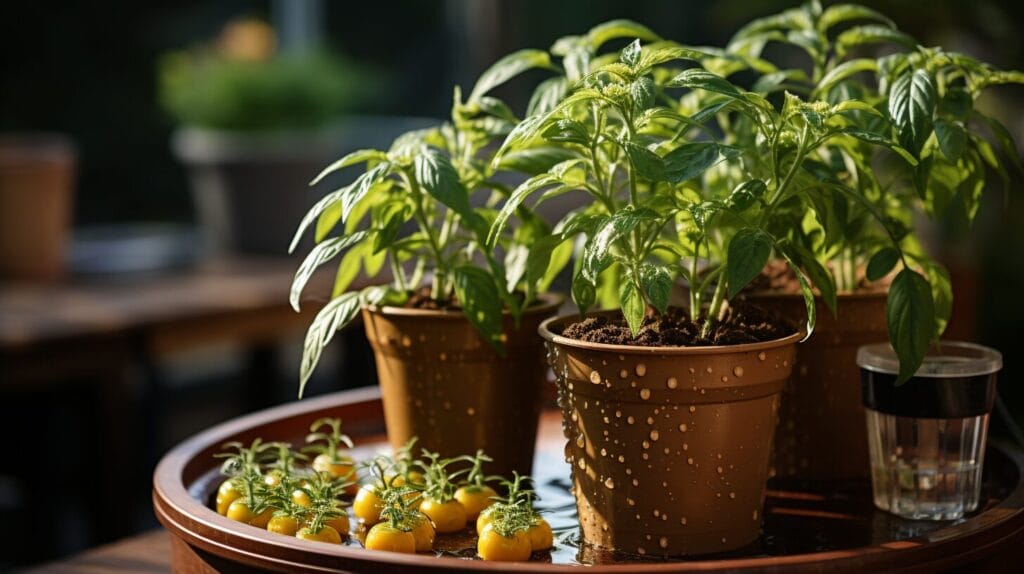
To ensure your pepper plants thrive, and master the essentials of their growth cycle and care requirements, a common reason for wilted leaves is neglect of these essentials. Pepper plants go through stages like germination, seedling growth, flowering, and fruiting, each with specific needs. The neglect of these can result in wilted pepper plants.
A balanced watering schedule is vital. Pepper plants prefer consistent moisture but don’t tolerate waterlogged soil, leading to root rot. Water your pepper plant when the top inch of soil is dry to the touch. Drainage is also crucial; improve it with organic matter or use raised beds with drainage holes.
Identifying the Signs of Problems in Pepper Plants: Wilting and Drooping Leaves
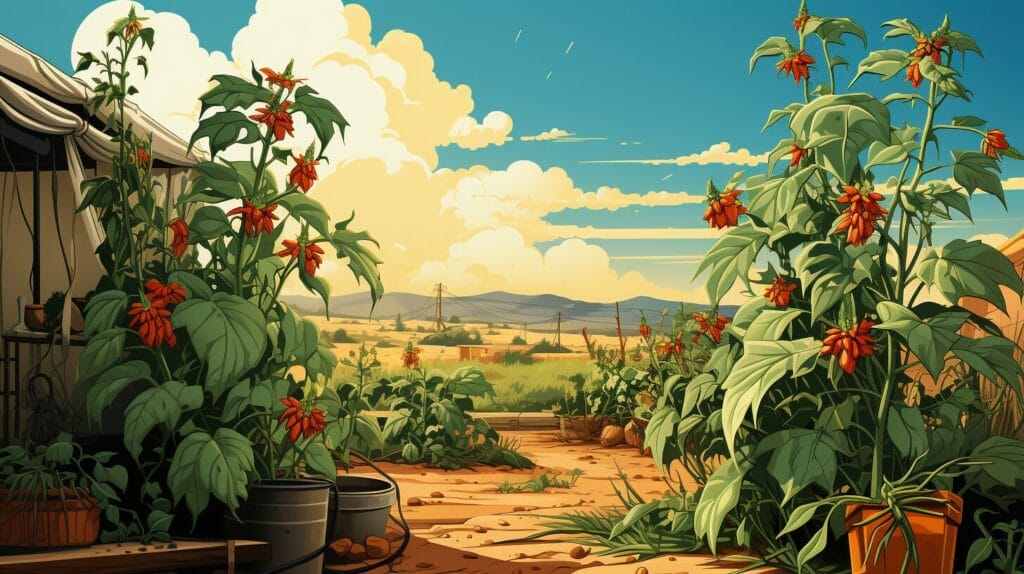
Wilting signals plant stress from over- or under-watering, root rot, or environmental factors like extreme heat or cold. Diseases like Verticillium wilt, a soilborne fungus, can also lead to wilting. Recognize that slight wilting during hot days may be natural, with plants perking up as temperatures drop.
Focusing on Key Causes of Pepper Plant Leaves Drooping
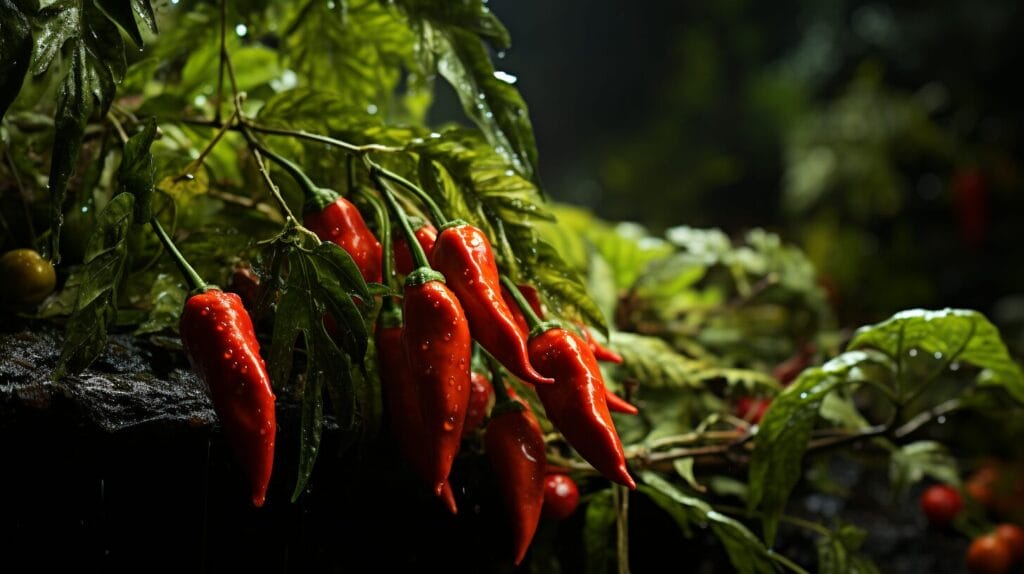
Overwatering can create an environment for root rot, where roots can’t absorb nutrients and water. Fungal diseases like Verticillium wilt invade the pepper plant’s vascular system, leading to wilting. Transplant shock and pests like aphids and spider mites, which suck sap, can also cause leaves to droop.
Common Pests Affecting Pepper Plants That Can Lead to Drooping
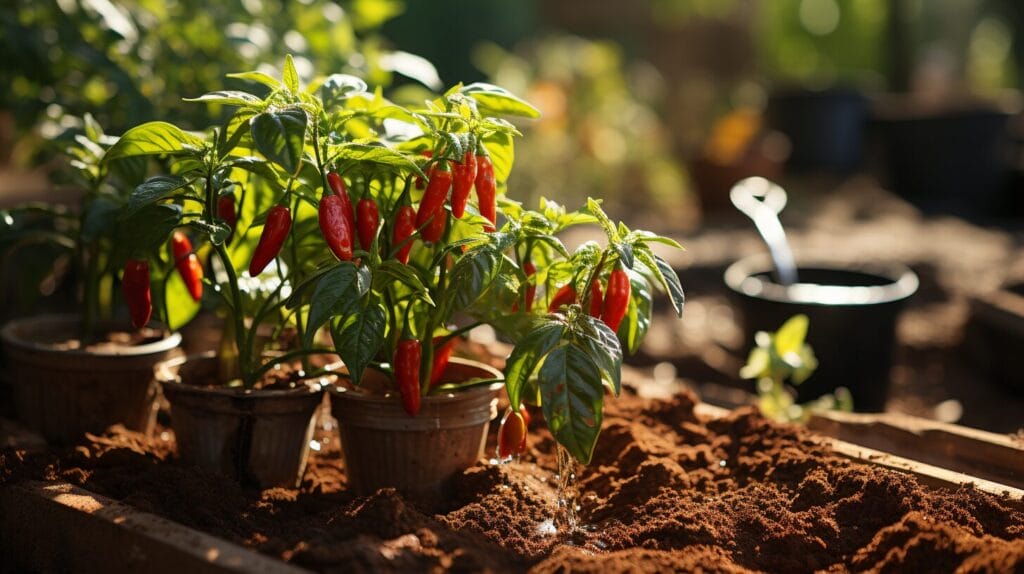
Aphids, spider mites, and whiteflies sap the strength from chili plants, causing drooping. They can trigger issues like sooty mold and spread diseases. Control these pests with beneficial insects, water sprays, or organic treatments.
Solutions and Steps to Taking Care of a Drooping Pepper Plant
To revive a pepper plant, assess the soil’s moisture level before watering. Remove affected parts if fungal wilt is present, and ensure good air circulation. For transplant shock, give the plant time to adjust and keep the soil consistently moist.

Can Squirrels Digging in Flower Pots Cause Wilting Chili Plants?
Squirrels harming garden by digging in flower pots can indeed cause wilting chili plants. These pesky critters not only uproot plants but also disrupt the soil, leading to poor water retention and root damage. To stop squirrels harming garden, consider using deterrents like mesh or repellent sprays.
Conclusion
Tackle droopy chili leaves by combating pests, fungi, and environmental stressors. Be vigilant in the care of your plants, making sure to water the plant properly and maintain proper care practices. With timely action, your chili plants will thrive, and you’ll enjoy a vibrant harvest.
Frequently Asked Questions
Why is my chili plant wilting even though it’s getting enough water?
If your chili plant leaves are wilting despite getting enough water, the problem might be related to other issues. Overwatering, poor drainage, and lack of direct sunlight may all cause wilting. It’s important to ensure the plant’s root system isn’t waterlogged and that your plant is getting sufficient sunlight.
What could cause chili plant leaves to turn yellow?
Yellow leaves in a chili plant may be caused by overwatering, which can cause root rot or a lack of nutrients. If the pepper leaves are yellowing and wilting, your plant may also be suffering from bacterial wilt or fusarium wilt. Try adjusting watering and feeding routines to see if the plant’s leaves regain a healthy color.
Why do my pepper plants look wilted after being watered?
This could be a condition called “overwatered pepper”, where plants are given too much water causing the leaves to wilt. Check your drainage system and make sure it’s working properly to prevent water loss, which can cause major problems for the plant’s roots.
How much sunlight should my pepper plants get?
Direct sunlight is essential for a healthy pepper plant. Pepper plants usually need at least six to eight hours of direct sunlight each day. If plants aren’t getting enough light, it could result in wilted leaves. Keep in mind that too much direct sunlight combined with too much water can cause pepper plants to wilt rapidly.
Can overwatering cause the entire pepper plant to wilt and die?
Yes, overwatering can cause the entire pepper plant to wilt and ultimately die. When plants are consistently overwatered, it can result in root rot, leading the entire plant to wilt due to a lack of oxygen to the roots.

